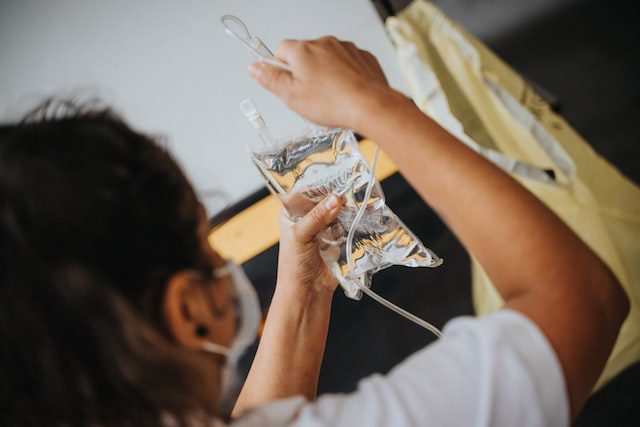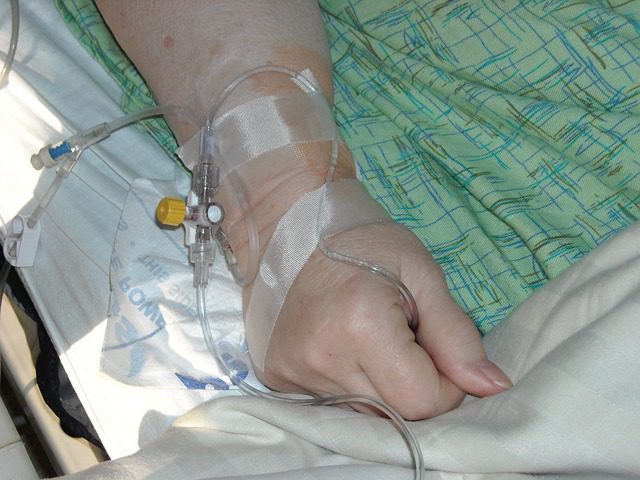
Huge leap forward in our understanding of Long COVID
In a stunning preprint out yesterday, Prof. Akiko Iwasaki, along with a large team of scientists, has put together compelling evidence to show how Long COVID can be easily diagnosed, making early treatment options a real possibility.
Key findings:
- Patient reported outcomes alone are sufficient to identify long Covid patients with 94% accuracy
- Immunophenotyping reveals increases in exhausted T cells, IL-4/IL-6 double positive T cells, activated B cells, DN B cells, and non-classical monocytes
- SARS-CoV-2 specific antibody responses are elevated in long COVID patients after vaccination
- Evidence of Herpes reactivation in long COVID patients (EBV and VZV)
- No increases in autoantibodies to the extracellular proteome in long COVID patients
- Machine learning shows that long COVID can be efficiently predicted from immunological data alone
- Low cortisol* levels were the strongest predictor for both defining long COVID status and predicting disease severity
Preprint: Distinguishing features of Long COVID identified through immune profiling
Very excited to share our latest research on immunological features of #LongCovid. Our 2+ year collaboration with @PutrinoLab with many other fantastic colleagues and patients – Mount Sinai Yale Long COVID (MY-LC) study by @sneakyvirus1 et al. 🧵(1/) https://t.co/8cGj51HyGn
— Prof. Akiko Iwasaki (@VirusesImmunity) August 10, 2022
A useful Twitter follow-up thread by the Putrino Lab, co-authors of the preprint:
It has been a few days since the release of our latest #LongCovid paper: an incredible amount of work from @VirusesImmunity and her team, as well as so many other brilliant and hardworking colleagues. As you might imagine it has generated quite a bit of 1/ https://t.co/nhkky81kl0
— Putrino Lab (@PutrinoLab) August 14, 2022
* Cortisol is produced in many animals, mainly by the zona fasciculata of the adrenal cortex in the adrenal gland. It is produced in other tissues in lower quantities. It is released with a diurnal cycle and its release is increased in response to stress and low blood-glucose concentration. It functions to increase blood sugar through gluconeogenesis, to suppress the immune system, and to aid in the metabolism of fat, protein, and carbohydrates. It also decreases bone formation.
Cortisol is best known for producing the “fight or flight” response. This reaction evolved as a means of survival, enabling people to react to what could be a life-threatening situation. The change in hormones and physiological responses forces us to either face the threat or leave it behind. But cortisol also helps control blood pressure, increase the body’s metabolism of glucose, and reduces inflammation. Our bodies need cortisol to survive.
This is such extraordinary work that we have decided to credit every scientist involved in the preprint.
Well done to: Jon Klein, Jamie Wood, Jillian Jaycox, Peiwen Lu, Rahul M. Dhodapkar, Jeffrey R. Gehlhausen, Alexandra Tabachnikova, Laura Tabacof, Amyn A. Malik, Kathy Kamath, Kerrie Greene, Valter Silva Monteiro, Mario Pena-Hernandez, Tianyang Mao, Bornali Bhattacharjee, Takehiro Takahashi, Carolina Lucas, Julio Silva, Dayna Mccarthy, Erica Breyman, Jenna Tosto-Mancuso, Yile Dai, Emily Perotti, Koray Akduman, Tiffany Tzeng, Lan Xu, Inci Yildirim, Harlan M. Krumholz, John Shon, Ruslan Medzhitov, Saad B. Omer, David van Dijk, Aaron M. Ring, David Putrino, Akiko Iwasaki
Long Covid: Persistent loss of smell indicates a high risk of cognitive and memory problems
Image by Sasin Tipchai from Pixabay





